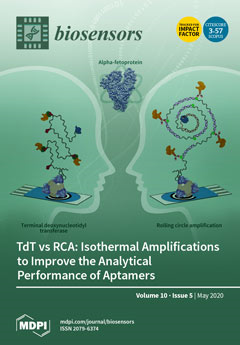Open AccessArticle
Fecal Volatile Organic Compound Profiles are Not Influenced by Gestational Age and Mode of Delivery: A Longitudinal Multicenter Cohort Study
by
Nancy Deianova, Sofia el Manouni el Hassani, Hendrik J. Niemarkt, Veerle Cossey, Anton H. van Kaam, Floor Jenken, Mirjam M. van Weissenbruch, Esmee M. Doedes, Kyra Baelde, Renee Menezes, Marc A. Benninga, Wouter J. de Jonge, Nanne K. de Boer and Tim G. de Meij
Cited by 8 | Viewed by 4144
Abstract
Fecal volatile organic compounds (VOC) reflect human and gut microbiota metabolic pathways and their interaction. VOC behold potential as non-invasive preclinical diagnostic biomarkers in various diseases, e.g., necrotizing enterocolitis and late onset sepsis. There is a need for standardization and assessment of the
[...] Read more.
Fecal volatile organic compounds (VOC) reflect human and gut microbiota metabolic pathways and their interaction. VOC behold potential as non-invasive preclinical diagnostic biomarkers in various diseases, e.g., necrotizing enterocolitis and late onset sepsis. There is a need for standardization and assessment of the influence of clinical and environmental factors on the VOC outcome before this technique can be applied in clinical practice. The aim of this study was to investigate the influence of gestational age (GA) and mode of delivery on the fecal VOC pattern in preterm infants born below 30 weeks of gestation. Longitudinal fecal samples, collected on days 7, 14, and 21 postnatally, were analyzed by an electronic nose device (Cyranose 320
®). In total, 58 preterm infants were included (29 infants born at GA 24–26 weeks vs. 29 at 27–29 completed weeks, 24 vaginally born vs. 34 via C-section). No differences were identified at any predefined time point in terms of GA and delivery mode (
p > 0.05). We, therefore, concluded that correction for these factors in this population is not warranted when performing fecal VOC analysis in the first three weeks of life.
Full article
►▼
Show Figures






